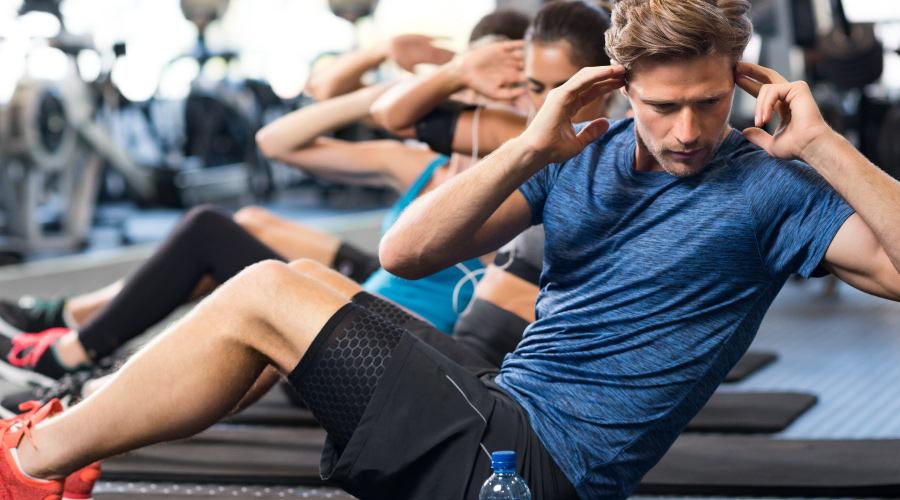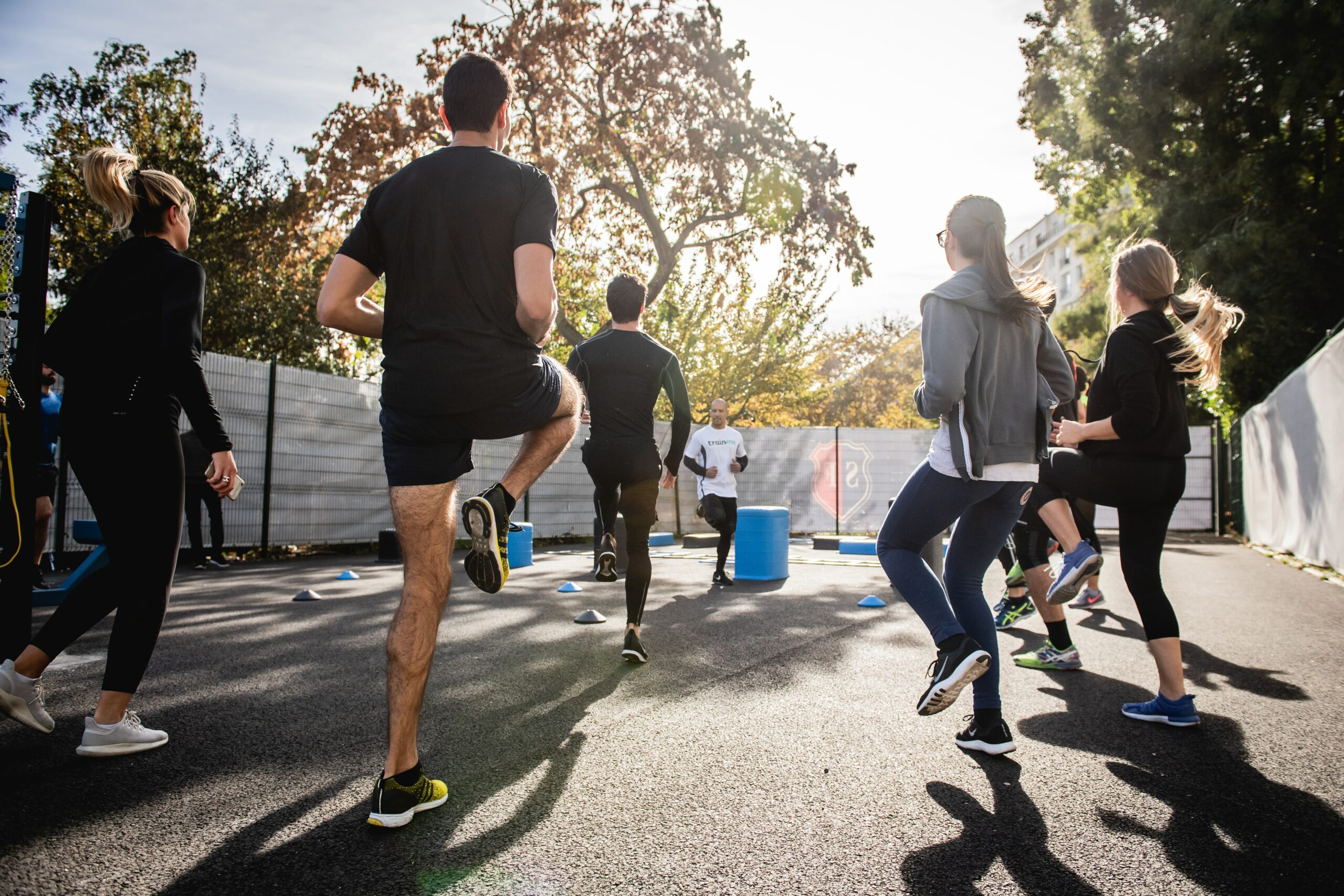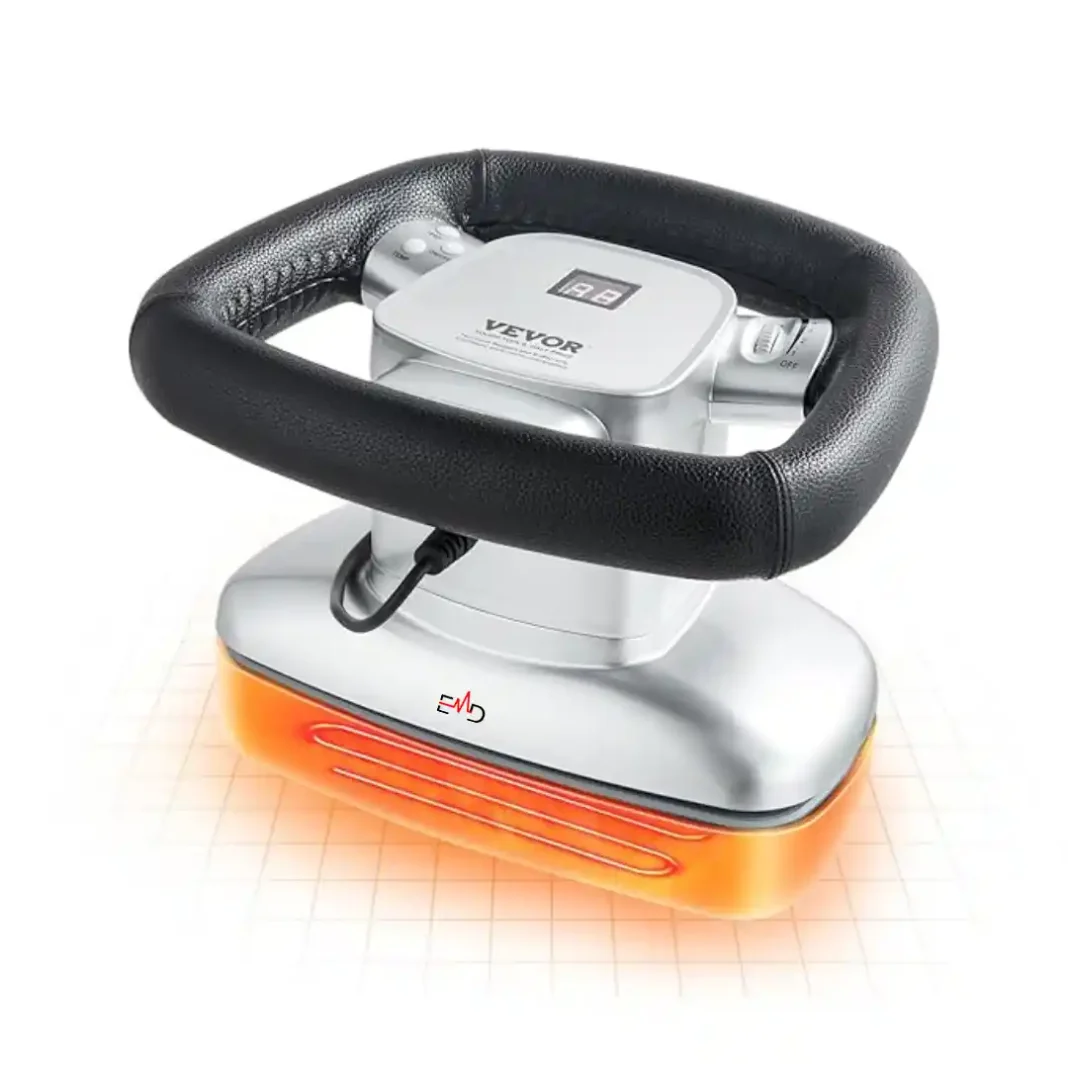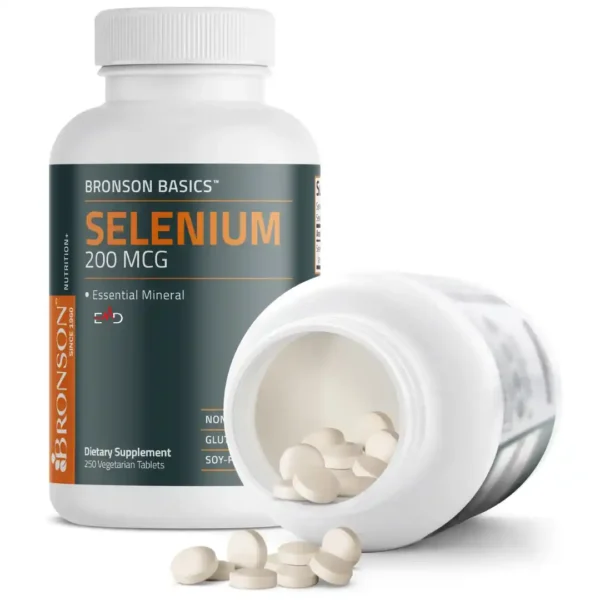Exercise Daily – Fitness is an essential part of a healthy lifestyle, contributing to overall well-being and reducing the risk of chronic diseases. Whether you’re exercising at home or in the gym, incorporating the right type of exercise into your routine can have a profound effect on your health. This article will guide you on how to improve your fitness with exercise, following recommendations from experts like the American Heart Association (AHA), and providing practical tips to make the most of your fitness program.
What is Exercise?
Exercise refers to any form of physical activity designed to improve or maintain physical fitness. It involves movement that increases the heart rate, engages various muscle groups, and enhances flexibility. Regular physical activity helps improve your health by strengthening muscles, improving heart and lung function, boosting mood, and increasing your overall energy.
Why is Physical Activity Important?
The American Heart Association emphasizes the importance of regular physical activity to improve heart health, reduce the risk of chronic diseases like diabetes, and enhance mental well-being. Physical activity helps reduce the risk of heart disease, stroke, and obesity, while also improving your endurance, strength, and flexibility.
Incorporating exercise into your daily routine has long-term benefits, including better sleep, improved mental health, and enhanced muscle mass. Whether you’re looking to lose weight, tone muscles, or improve cardiovascular health, physical activity is key.

Types of Exercise: Which is Best for You?
Several types of exercises fall into different categories. Each serves a unique purpose, from improving cardiovascular health to increasing muscle strength and flexibility. Here’s a breakdown of the most common types:
Aerobic Exercise (Cardio)
Aerobic exercise, also known as cardio, is essential for improving heart health and stamina. These activities increase your heart rate and breathing, improving circulation and lung function. Examples include:
- Running or jogging
- Swimming
- Cycling
- Brisk walking
- Dancing
The American Heart Association recommends at least 150 minutes of moderate-intensity aerobic activity per week or 75 minutes of vigorous-intensity aerobic activity. Regular aerobic exercise also helps with weight management, reduces the risk of heart disease, and increases energy levels.
Strength Exercises
Strength training, or muscle-strengthening activities, is crucial for building muscle mass, enhancing metabolism, and improving posture. By challenging muscles with resistance, you can increase their size and strength over time. Examples of strength exercises include:
- Weightlifting
- Bodyweight exercises (e.g., push-ups, squats)
- Resistance bands
The AHA recommends engaging in strength exercises at least two days per week, focusing on major muscle groups.
Balance and Flexibility Exercises
Balance and flexibility exercises are particularly important for older adults to prevent falls and improve stability. These exercises enhance the body’s ability to maintain a stable position, improve joint flexibility, and reduce the risk of injury. Examples include:
- Yoga
- Pilates
- Tai Chi
Incorporating balance exercises into your fitness routine can help with coordination, posture, and the overall range of motion. This is especially beneficial for older adults, who may experience a decline in balance with age.

The Importance of Regular Exercise: How Much Is Enough?
The physical activity guidelines set forth by the American Heart Association and the National Institute on Aging suggest that adults should get at least 150 minutes of moderate-intensity aerobic activity per week or 75 minutes of vigorous-intensity aerobic activity. This can be broken down into shorter sessions, such as 30 minutes a day, five days a week.
If you want to improve your fitness further, you can include strength exercises at least two days per week and increase the intensity of your workouts gradually. For older adults, staying active is crucial for maintaining physical ability and preventing a decline in muscle strength.
How to Improve Your Fitness With Exercise at Home
Exercising at home can be just as effective as working out at the gym, provided you follow a well-rounded fitness program. Here are some strategies to improve your health and fitness at home:
1. Create a Home Workout Routine
A home workout routine should include a combination of aerobic, strength, and flexibility exercises. Start with 30 minutes a day, five days a week. You can use minimal equipment like dumbbells, resistance bands, or just your body weight.
2. Make Use of Online Resources
There are plenty of online resources, including fitness apps and YouTube channels, that offer free workout programs. These can help you stay motivated and guide you through different types of exercises. Choose workouts that fit your goals and level of fitness.
3. Focus on Bodyweight Exercises
If you don’t have equipment, bodyweight exercises are a great way to build strength. Push-ups, squats, lunges, planks, and burpees are all excellent bodyweight exercises to strengthen your muscles and improve your endurance.
4. Include Cardio Workouts
Cardio workouts like jumping jacks, high knees, or running in place can raise your heart rate and provide the same benefits as traditional cardio exercises, such as running or cycling. You can also use a jump rope or dance to music to get your cardio in.
How to Improve Your Fitness at the Gym
If you prefer exercising at the gym, you have access to a variety of equipment that can help you achieve your fitness goals. Here’s how to make the most of your gym workout:
1. Use Cardio Machines
Cardio machines like the treadmill, elliptical, and stationary bike are excellent for increasing your heart rate and improving cardiovascular health. You can also incorporate intervals for higher intensity and maximize fat burning.
2. Strength Training with Weights
The gym is ideal for incorporating strength training into your fitness program. Use free weights or machines to target different muscle groups. Don’t forget to alternate between upper and lower body workouts to create a balanced program.
3. Hire a Trainer for Guidance
If you’re unsure how to use gym equipment or create an effective workout program, hiring a personal trainer can help. A trainer can teach you proper form, customize your workout, and ensure you’re using the right weight and exercises to reach your fitness goals.
4. Participate in Group Classes
Many gyms offer group fitness classes, such as yoga, Pilates, cycling, and HIIT. Group classes are a great way to stay motivated, learn new exercises, and meet others with similar fitness goals.

Improving Heart Health Through Exercise
Regular physical activity is vital for improving heart health and preventing cardiovascular diseases. The American Heart Association recommends:
- At least 150 minutes of moderate-intensity aerobic activity or 75 minutes of vigorous-intensity aerobic activity per week.
- Strength training exercises at least two days per week.
- Stretching and balance exercises to improve flexibility and reduce injury risk.
By following these guidelines, you can improve your cardiovascular health, reduce the risk of heart disease, and achieve a stronger, healthier body.
Tips for Staying Consistent with Your Exercise Program
Staying consistent with your fitness routine is key to improving your health and achieving your fitness goals. Here are some tips for sticking to your exercise program:
- Set Realistic Goals: Start with small, achievable fitness goals, such as working out three times a week. Gradually increase the frequency and intensity of your workouts.
- Track Your Progress: Keep a workout log to track your progress and stay motivated. Celebrate small victories, such as increasing your weight in strength training or improving your cardio endurance.
- Find an Exercise You Enjoy: Choose exercises that you enjoy and look forward to. This will make it easier to stay consistent.
- Create a Schedule: Treat your workouts like appointments. Set aside specific times each week for exercise, and stick to them.
Conclusion
Improving your fitness with exercise, whether at home or in the gym, is essential for maintaining a healthy lifestyle. By following the American Heart Association’s physical activity guidelines, including a mix of aerobic exercise, strength exercises, and flexibility routines, you can improve your health, boost your fitness level, and reduce the risk of chronic diseases. Stay consistent, enjoy the process, and you’ll see significant improvements in your physical ability, endurance, and overall health.
FAQs – How to Improve Fitness With Exercise at Home or the Gym
Q: How much exercise should I do to improve my health?
A: To improve your health, aim for at least 150 minutes of moderate-intensity aerobic activity or 75 minutes of vigorous-intensity aerobic activity per week, along with strength exercises twice a week.
Q: Can I improve my fitness without going to the gym?
A: Yes, you can improve your fitness with home workouts using bodyweight exercises, aerobic activities, and flexibility exercises. Consistency is key!
Q: How do I know if I’m exercising at the right intensity?
A: A good way to gauge intensity is by checking your heart rate or breathing. Moderate-intensity exercise should make you breathe faster but still allow you to talk. Vigorous intensity should make it difficult to carry on a conversation.
Q: What types of exercises are best for older adults?
A: Older adults should focus on a mix of aerobic exercise, strength training, and balance exercises to improve overall health, maintain muscle mass, and prevent falls.
Q: How long does it take to see fitness improvements?
A: It typically takes 4 to 6 weeks to see noticeable improvements in your fitness, but consistency and intensity play a huge role in how quickly you progress.





